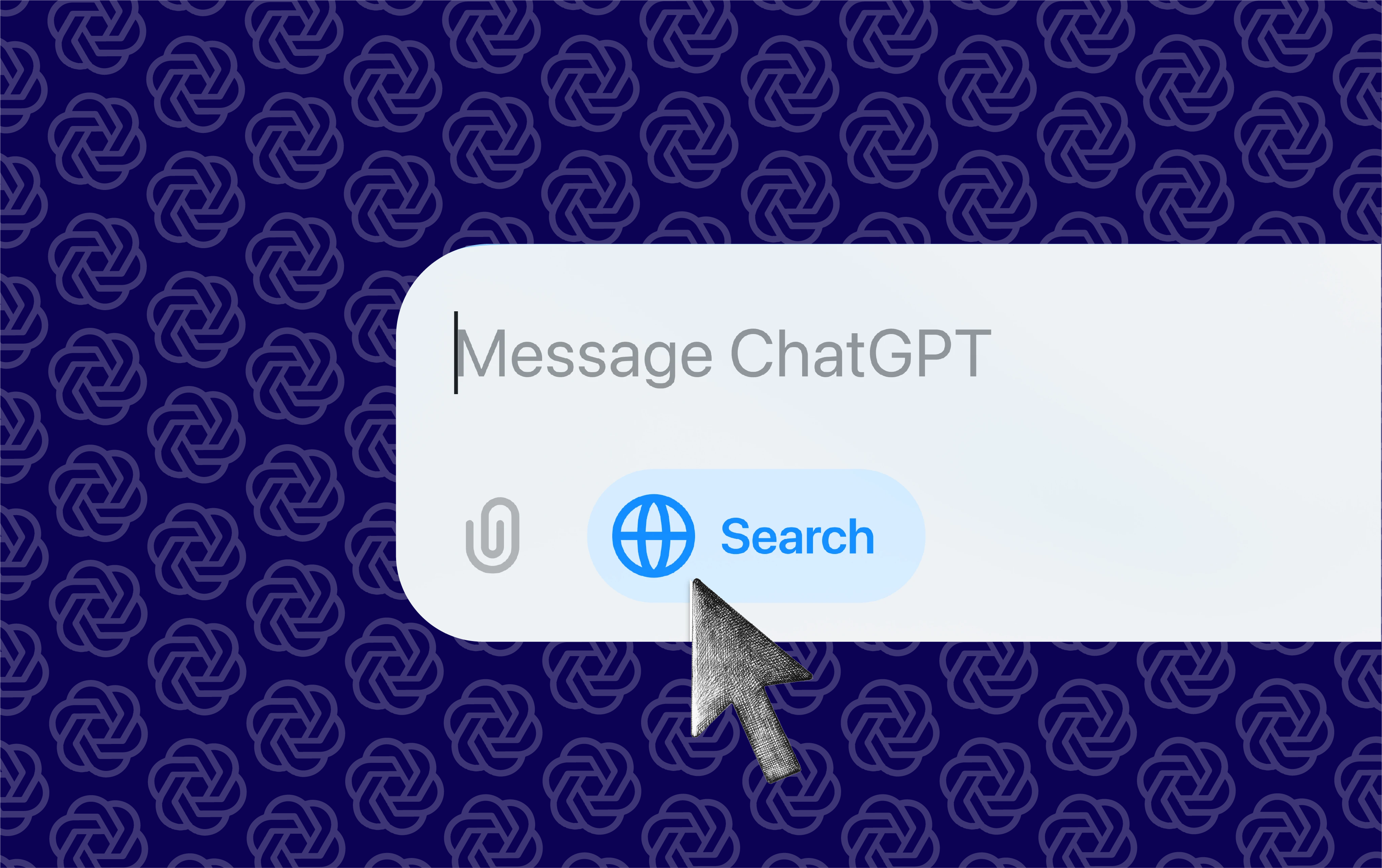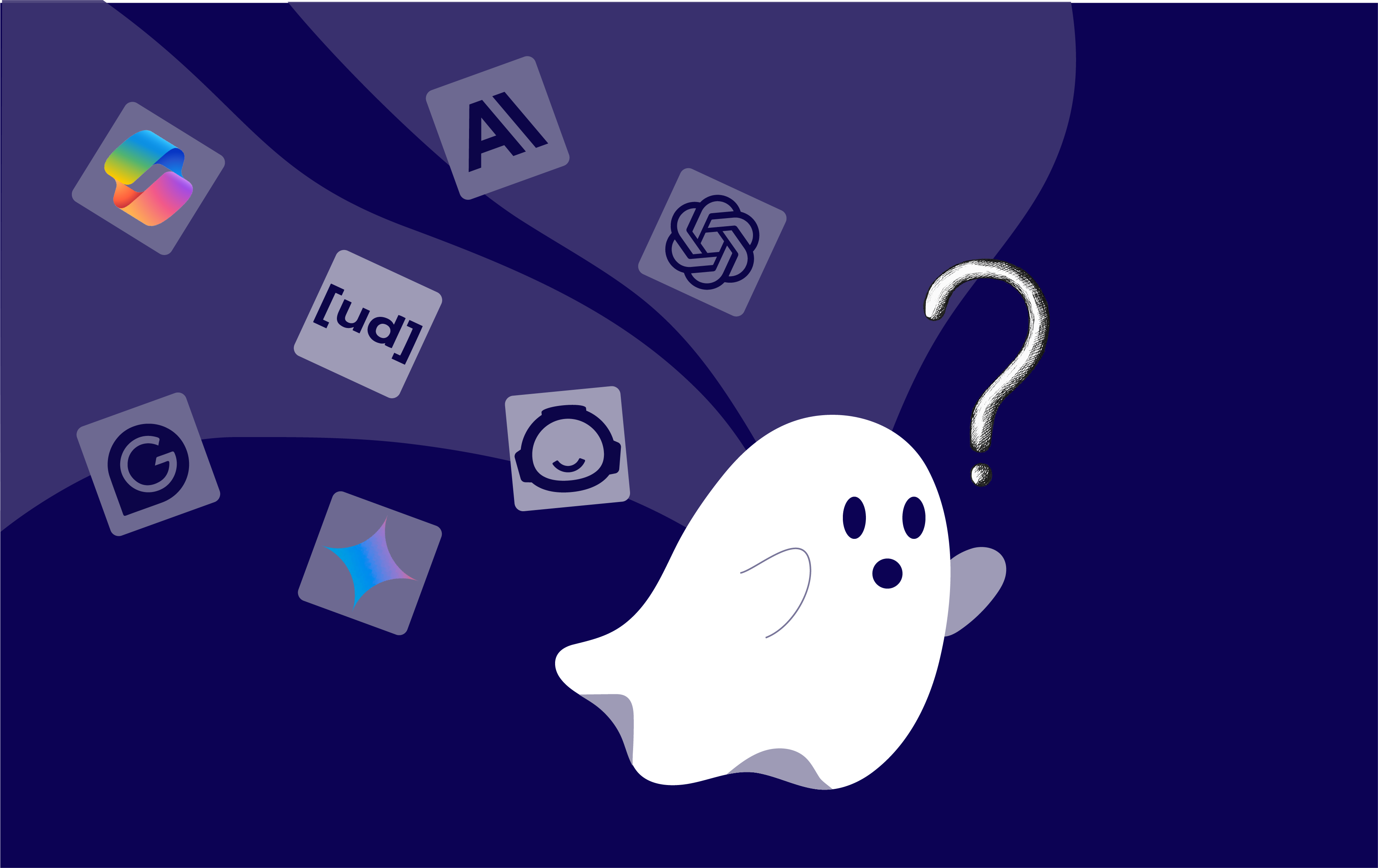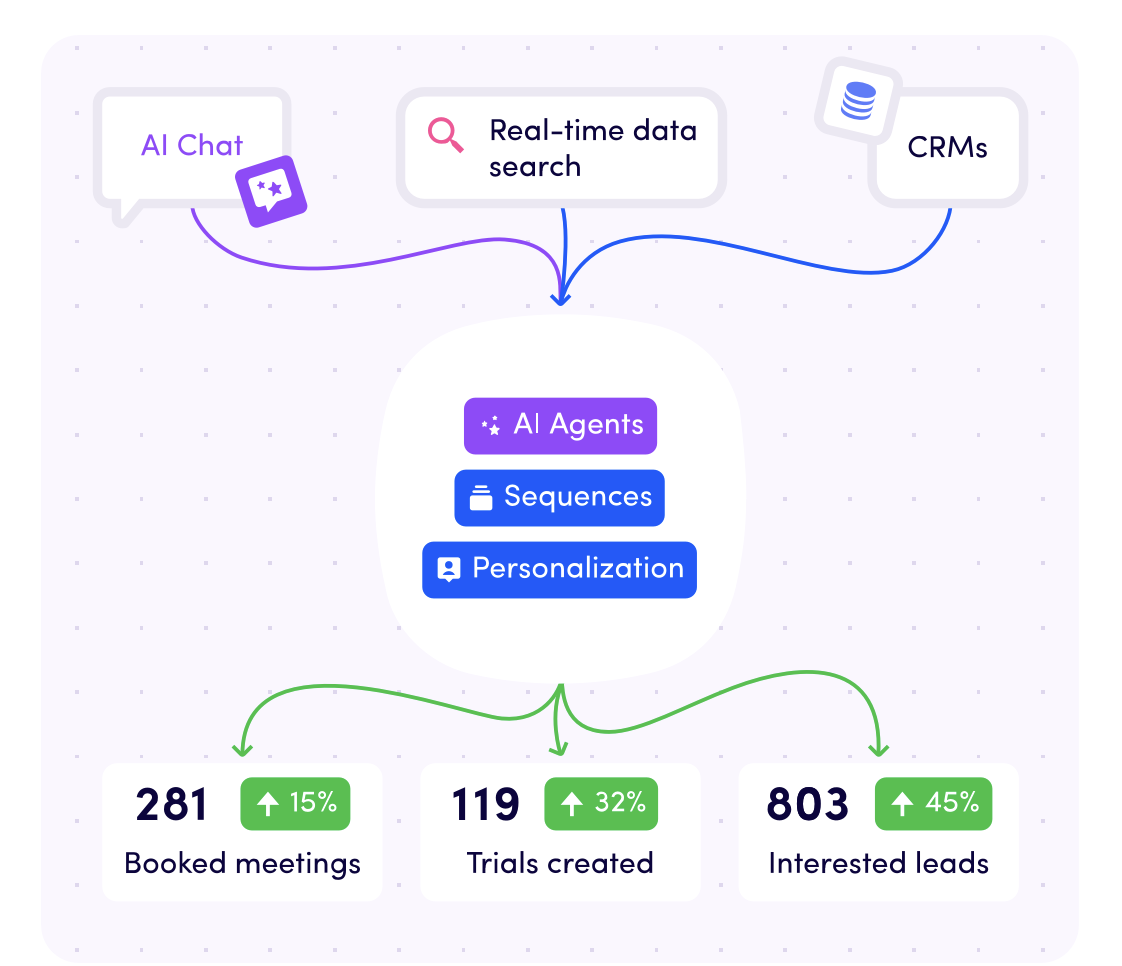Shape the Future: Master GenAI Skills Mapping for Growth

In today’s fast-paced world, staying competitive requires transforming how your team works—and generative AI tools like ChatGPT can help organisations transition into skills-based entities.
Imagine a team where every member knows their strengths, weaknesses, and the skills they need to develop to reach the top! That’s the power of skill mapping—a strategy that’s becoming crucial as work environments evolve. AI tools like ChatGPT make it easier than ever for companies to embrace this shift.
Ready to build a dynamic, future-proof team that’s equipped for anything?
Let’s break it down into actionable steps.
In this article, we talk about:
- Step 2: Align Skills with Business Goals
- Step 3: Use GenAI to Create Your Skills Map
- Step 4: Integrate Skills Maps into Your Corporate Tools
- Step 5: Decreasing Relevance of Job Titles
- Step 6: Navigating Skill Definitions with GenAI
- Step 7: Presentation, Ideation, and Implementation
- The Future of Skills Mapping and Workforce Development
- Conclusion
- FAQ
Step 1:
Understand the Power of
Skill Mapping

So why should you consider mapping the skills of your team members?
We know—it might look a bit overwhelming at first.
But don't worry—we got you!
Skill mapping goes way beyond a simple list of what your team can do—it’s about aligning their core skills with your company’s business objectives and the constantly changing market demands.
The Deloitte survey mapped out why it works:
- You’ll get the right key skills available in real time, right when your business needs them.
- Your employees will see clear career paths, driving engagement and career development.
- You’ll cut costs by using your existing talent rather than outsourcing.
- It boosts workforce efficiency by filling skill gaps and unlocking hidden potential.
Sounds convincing, right?
Step 2:
Align Skills with Business Goals

If you are convinced, it's time to dive deeper!
It’s great to know what your team can do, but it’s even more important to ensure those skills directly contribute to your business objectives.
How to do it:
- Review your business goals: Identify the key objectives that will drive future success.
- Match skills to goals: Ensure that the individual skills you’ve identified serve your business needs.
- Adjust where necessary: If there are gaps between the skills and the goals, now is the time to close them.
Is everything checked?
Then you are good to go!
And remember why you are going through this:
Companies that successfully integrate their skill maps with strategic goals can expand their talent pool by up to 10 times.
They can help you quickly staff your project by hiring internally!
When we connect individual skills to what the organisation needs, it helps employees discover clear career paths for growth.
Human oversight ensures we focus on important skills aligned with our business goals.
This not only boosts employee engagement but also helps keep turnover low!
By the way, do you already know?
A McKinsey study found that companies with clear skill requirements perform better.
They are 1.5 times more likely to meet their performance goals than their competitors!
This shows that skill mapping isn’t that easy...
It's a smart strategy that can really boost performance and help your growth!
|
Step 3:
Use GenAI to Create Your Skills Map

Sometimes, it can be really frustrating to make skill maps the old-fashioned way.
You know, those long interviews and going through tonnes of job descriptions?
Ugh! But no worries—here comes GenAI!
Using tools like ChatGPT, companies can quickly create customised skill maps.
Step-by-step:
- Input Project Goals: Feed ChatGPT your business goals and required key skills.
- Review the AI-generated output: Compare the skills map to your team’s current abilities.
- Identify Gaps: Pinpoint missing critical skills.
- Create a Learning Plan: Use this analysis to form a targeted learning plan that addresses these gaps and prepares your team for future projects.
This method supports active learning and helps develop a foundational understanding of necessary skills within your team.
That way, you can easily change and improve it whenever you want!
How cool is that?
And that's not all!
The benefits of using GenAI go beyond speed;
A recent study showed that using AI tools can cut down human error in data entry and analysis by as much as 30%.
That's why AI is a game-changer for your company!
Step 4:
Integrate Skills Maps into Your
Corporate Tools

Now that your skills map is ready, integrate it into your everyday operations to create a continuous learning strategy.
How to do it:
-
Microsoft Viva: Use Viva to track employee skills and provide frequent feedback. Viva allows your team to see where they stand in real time and encourages skill development. Microsoft Viva also integrates with daily workflows to ensure learning remains continuous and accessible.
-
Project Management Tools: Tools like Trello and Asana let you tag projects with the required key skills, ensuring team members are matched with tasks that suit their strengths. This also simplifies hiring by ensuring the right skills are allocated to the right tasks.
-
Continuous Learning Platforms: Link your skills map to our Growth Tribe’s courses platform. We offer focused, up-to-date training modules that can help your employees fill skill gaps and develop the expertise needed to keep up with industry changes.
And remember,
Continuous learning is essential for keeping employees' skills up to date!
Step 5:
Decreasing Relevance of Job Titles

Did you know that traditional job titles are starting to lose their meaning?
In today’s fast-paced business landscape, tasks are becoming more cross-functional, and roles are evolving quickly.
Why this matters:
- Only 24% of employees report doing the same work as others with the same job title.
- 81% of executives say work is now happening across multiple departments more than ever before.
This shift focuses on individual skills rather than just roles or titles, which opens up opportunities to tap into the unique strengths of each team member.
Employers are now looking for specific abilities rather than simply relying on old job descriptions.
What to do:
- Focus on skill sets rather than titles when hiring. This will help you find talent that’s adaptable and capable of working across various tasks.
- Use skills-based job postings to attract candidates who can bring more to the table than a traditional role might expect.
Interesting fact: 73% of hiring professionals say that hiring based on skills is a top priority.
It’s time to shift focus and unlock more dynamic, effective teams that are ready for anything!
Step 6:
Navigating Skill Definitions
with GenAI

We know it can be tricky.
Sometimes the definitions for competencies can really vary.
Here’s where companies struggle:
- Different definitions for the same skill: For example, “Data Analysis” might be described as inspecting raw data to draw insights, but others might view it as applying statistical methods to interpret trends.
- Multiple names for the same skill: Terms like “Design Thinking,” “User Experience Design,” or “Customer-Centric Design” often describe very similar processes.
- New job titles: Roles like “Digital Prophet” or “Chief Happiness Officer” may sound trendy but can cause confusion in skill definitions.
How GenAI helps:
GenAI tools can consolidate definitions from various sources, offering clear, unified definitions of skills across your organisation. This makes it easier to maintain consistency in skill mapping and avoid confusion.
The World Economic Forum emphasises the importance of having a shared understanding of skills to boost teamwork and drive innovation.
So just a heads up,- keeping things consistent is really important.
When we all use the same definition, it helps us stay on the same page!
Step 7:
Presentation, Ideation, and Implementation

So, you’ve crafted your skills map, and now it’s time to present it to your team. This is a super important step where we work together, assess, and give feedback to improve and make our skills mapping even better.
How to do it:
-
Present the Map: Use collaborative tools like Google Sheets or Miro to share your findings with the team. This helps ensure transparency and allows everyone to provide input.
-
Assess Proficiency: Work together with your team to assess the proficiency levels of the core skills identified. This step helps you understand the current strengths and areas where your team might need development.
-
Prioritise Critical Skills: Based on the feedback and assessments, decide together which critical skills need immediate attention. Prioritisation ensures you focus on the most impactful gaps that align with your business goals.
Now, let’s take your skills mapping to the next level!
Use assessments to set proficiency levels: Platforms like Workera give you a crystal-clear view of where your team stands. You’ll quickly see who’s acing it and who could use a little boost. These assessments are your go-to for identifying gaps and setting up personalized learning paths.
Create frequent feedback loops: Regular, competency-based feedback is a game-changer. By setting up continuous feedback loops, you’re not just giving constructive criticism—you’re empowering your team to grow. Feedback lets them know what they’re doing right, where they can improve, and how to bridge those skill gaps.
Why feedback is crucial: Because it’s transformative! Gallup research shows that 80% of employees who receive constructive feedback are way more engaged at work. More engagement means more productivity, a better vibe, and a stronger team overall. That’s why regular feedback isn’t just helpful—it’s essential.
With assessments and constant feedback in play, you’re creating a culture of growth. Your team stays aligned, motivated, and always ready to take on the next challenge.
💡Pro Tip: Feedback isn’t just about pointing out what’s wrong. Celebrate the wins, too! When you balance feedback, you’ll see motivation, and your team will love the chance to grow.
The Future of Skills Mapping and Workforce Development

Looking ahead, skills mapping will play a huge role in how companies develop their teams.
Emerging technologies like AI and machine learning will allow organisations to monitor their team’s skills in real time.
This capability enables quick updates to training and development plans whenever necessary!
Industries are evolving fast!
Especially in areas like artificial intelligence and data analytics. The demand for tech skills is booming! Can you believe that by 2030, 85% of jobs will be ones we haven't even thought of yet?
That’s why regularly updating your skills map is key—it keeps your team on the cutting edge, agile, and ready to tackle whatever comes next.
Want to stay competitive?
Check out our micro-learning on skill mapping!
Want to Learn More About AI for Business?
You are in the right place! AI is an exciting field that's making huge waves in the business world.
As tech keeps advancing, AI is becoming more practical for everyday use in various roles and industries.
AI is all about saving time and boosting productivity across the board.
It’s not just a futuristic dream anymore—it's here, it's real, and it's ready to roll.
So how can you learn more about using AI in business?
As a leading educational course provider, we created the most effective AI for business course you can find!
This course will help you and your team boost productivity with AI solutions and make data-driven decisions for the future.
6 Modules | 24 lessons | 24 videos | 6 tests | 6 exercises
- Module 1: AI and Machine Learning Fundamentals
- Module 2: AI business strategy
- Module 3: GenAI for text: ChatGPT and prompt engineering
- Module 4: GenAI for design: text prompts and visual communication
- Module 5: AI for Productivity Module 6: AI-powered predictive insights
👉 Check out our course here
.png)
Conclusion
Summing up now is the perfect time to create a skills map for your company.
Want to turn your team into a powerhouse of cutting-edge skills?
Start embedding innovative strategies into your company today!
Remember, shifting to a skills-based organisation isn't just smart—it's essential for staying ahead!
It helps your business thrive with effective learning strategies in a competitive market.
Investing in skills mapping isn’t optional—it’s a must!
As the job market evolves, companies that focus on skills mapping will lead in both innovation and employee satisfaction.
The time to act is now!
FAQ
What is skills mapping, and why is it important?
Skills mapping is a strategy that identifies the strengths, weaknesses, and development needs of your team. It's crucial because it aligns individual skills with business goals, leading to increased efficiency, faster project completion, and more growth opportunities for employees. Companies that implement skills mapping can better respond to market demands and stay competitive.
How can GenAI tools like ChatGPT enhance skills mapping?
GenAI tools simplify the skills mapping process by automating data collection and analysis, reducing human error, and speeding up the creation of skill maps. With AI, companies can quickly develop customised skills maps, which support active learning and helps teams stay up to date with evolving industry needs.
How does skills mapping help align team and business goals?
Skills mapping connects individual strengths to the overall objectives of the company, ensuring that each team member is working towards a common goal. This alignment helps employees understand their career paths while boosting engagement and reducing turnover. McKinsey research shows that companies with clear skill requirements are 1.5 times more likely to meet performance goals.
What’s the role of feedback in skills mapping?
Feedback plays a crucial role in refining skills mapping efforts. Frequent feedback helps employees understand where they excel and where they need improvement. It also fosters an environment of continuous learning, which is essential for staying competitive. Gallup research shows that 80% of employees who receive constructive feedback are fully engaged at work.
Is shifting to a skills-based organisation necessary?
Yes, transitioning to a skills-based organisation is essential for long-term success. As job titles lose relevance and industries become more dynamic, focusing on individual skills allows companies to remain flexible and competitive. Investing in skills mapping today ensures that your workforce is ready for the jobs of tomorrow, positioning your business as a leader in innovation.
Categories
- Business & Innovation (83)
- Growth & Marketing (72)
- Artificial Intelligence (53)
- Data & Analytics (16)
- Case studies (10)
- Project Management (10)
Related articles
Latest articles
AI in Finance: Why You Need It Now
Imagine a world where loans are approved in seconds. Sounds...
ChatGPT Search Unveiled: Should You Make The Switch Now?
Picture this: You’re no longer just “searching” the web—you’re...
Shadow AI Explained: How to Harness Hidden AI Without the Risks
Picture this: your team is under pressure to deliver results—fast....
The 33 best AI tools for commercial teams
The tools are split into 2 categories The best AI tools for your...








